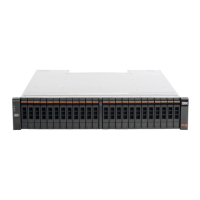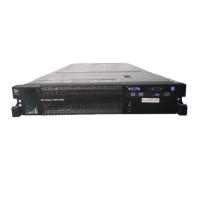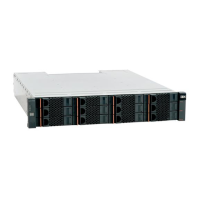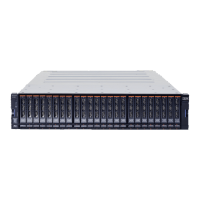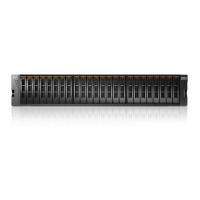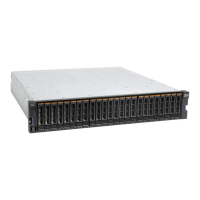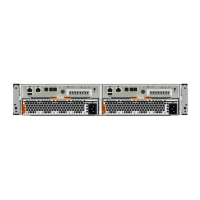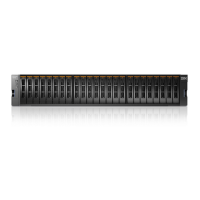The failure is reported regardless of the method that you used to create a clustered
storage system:
v USB flash drive
v Management console
v Service assistant
v Service command line
The create clustered-system function protects the system from loss of volume data.
If you create a clustered system on a control enclosure that was previously used,
you lose all of the volumes that you previously had. To determine if there is an
existing system, use data that is returned by “Procedure: Getting node canister and
system information using the service assistant” on page 254 or “Procedure: Getting
node canister and system information using a USB flash drive” on page 255.
v The node canister that you are attempting to create a clustered system on is in
candidate state. The node canister is in candidate state if it is a new canister.
v The partner node canister in the control enclosure is not in active state.
v The latest system ID of the control enclosure is 0.
If the create function failed because there is an existing system, fix the existing
clustered system; do not re-create a new clustered system. If you want to create a
clustered system and do not want to use any data from the volumes used in the
previous clustered system, go to “Procedure: Deleting a system completely” on
page 270, and then run the create function again.
You might not be able to create a cluster if the node canister (the one on which
you are attempting to create the clustered system) is in service state. Check
whether the node canister is in service state by using the data returned by
“Procedure: Getting node canister and system information using the service
assistant” on page 254 or “Procedure: Getting node canister and system
information using a USB flash drive” on page 255. If the node is in service state,
fix the reported node errors. For more information, go to “Procedure: Fixing node
errors” on page 271. After the node error is corrected, attempt to create a clustered
storage system again.
Problem: Node canister service IP address unknown
You can use several methods to determine the service address of a node canister.
The methods of determining the service address differ, depending on the
generation of your control enclosure model.
Storwize V7000 Unified Gen1 refers to the enclosure models in the following table:
Table 74. Storwize V7000 Unified Gen1 model numbers
Machine
type/model Description
2076-112 Storwize V7000 Unified control enclosure for up to 12 3.5-inch (8.89
cm) drives
2076-124 Storwize V7000 Unified control enclosure for up to 24 2.5-inch (6.35
cm) drives
2076-312 Storwize V7000 Unified control enclosure for 3.5-inch drives (with two
10 Gbps iSCSI/FCoE Ethernet ports)
2076-324 Storwize V7000 Unified control enclosure for 2.5-inch drives (with two
10 Gbps iSCSI/FCoE Ethernet ports)
242 Storwize V7000 Unified: Problem Determination Guide 2073-720
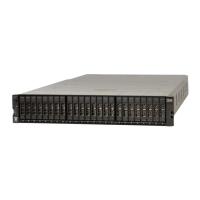
